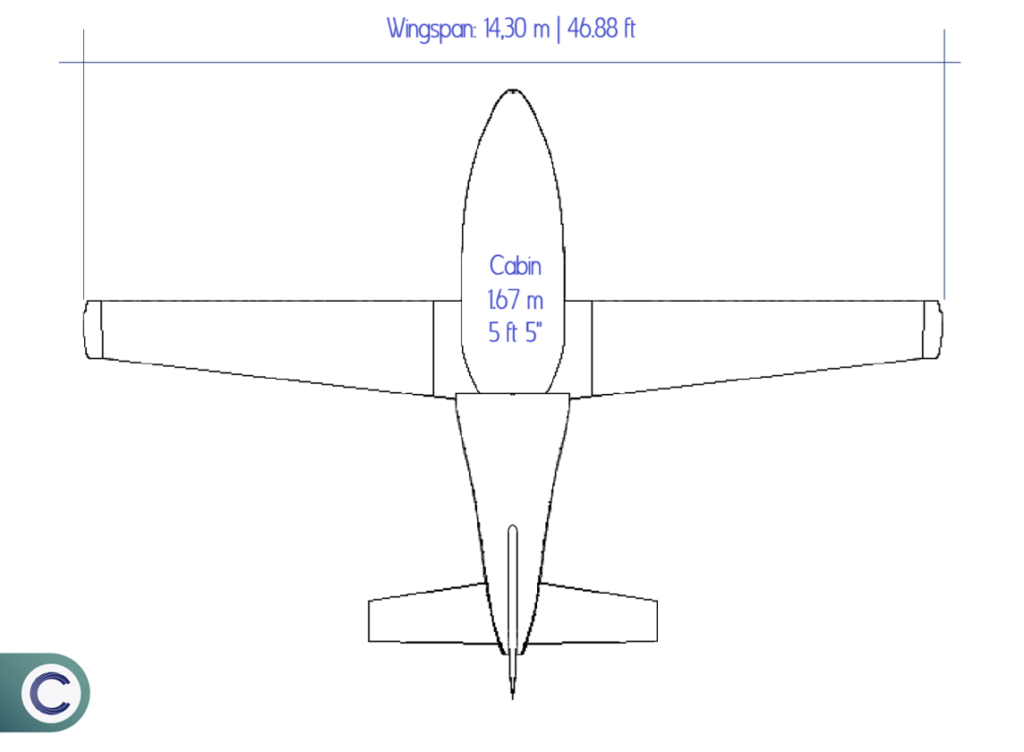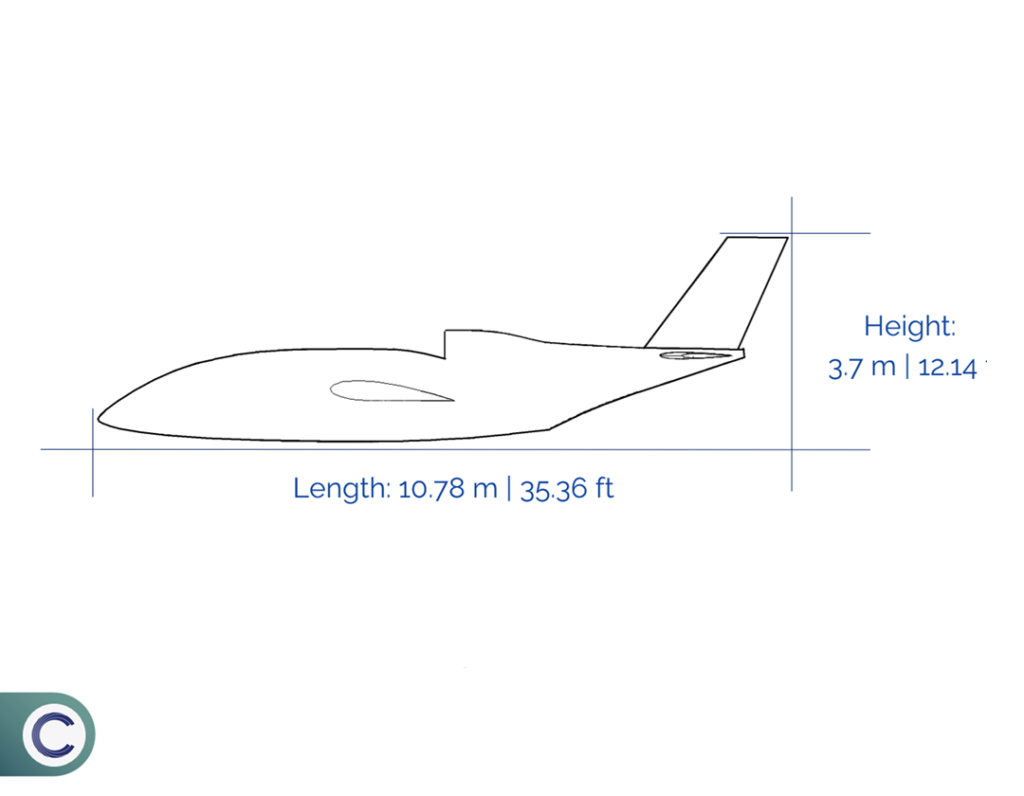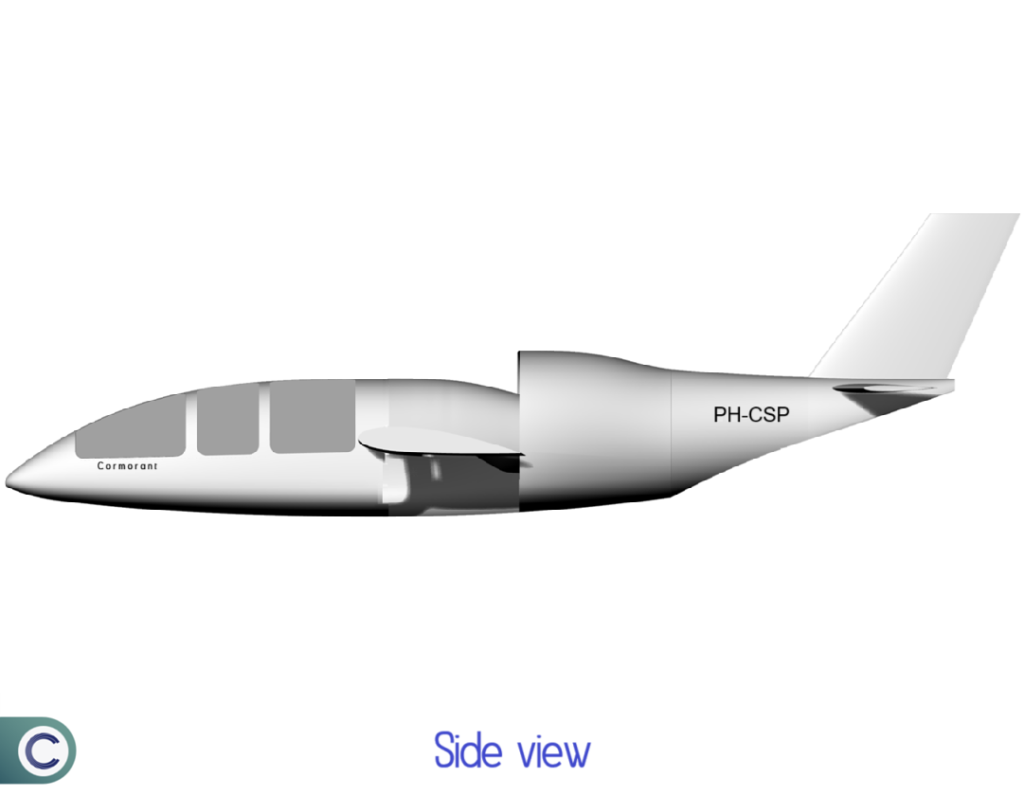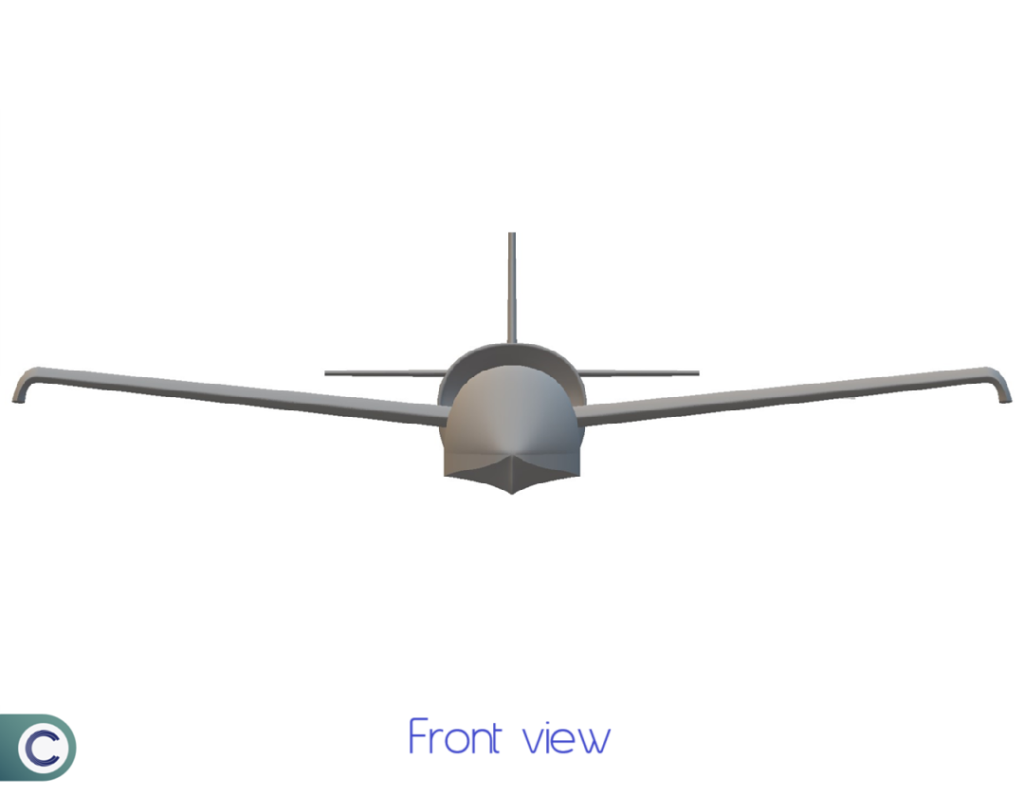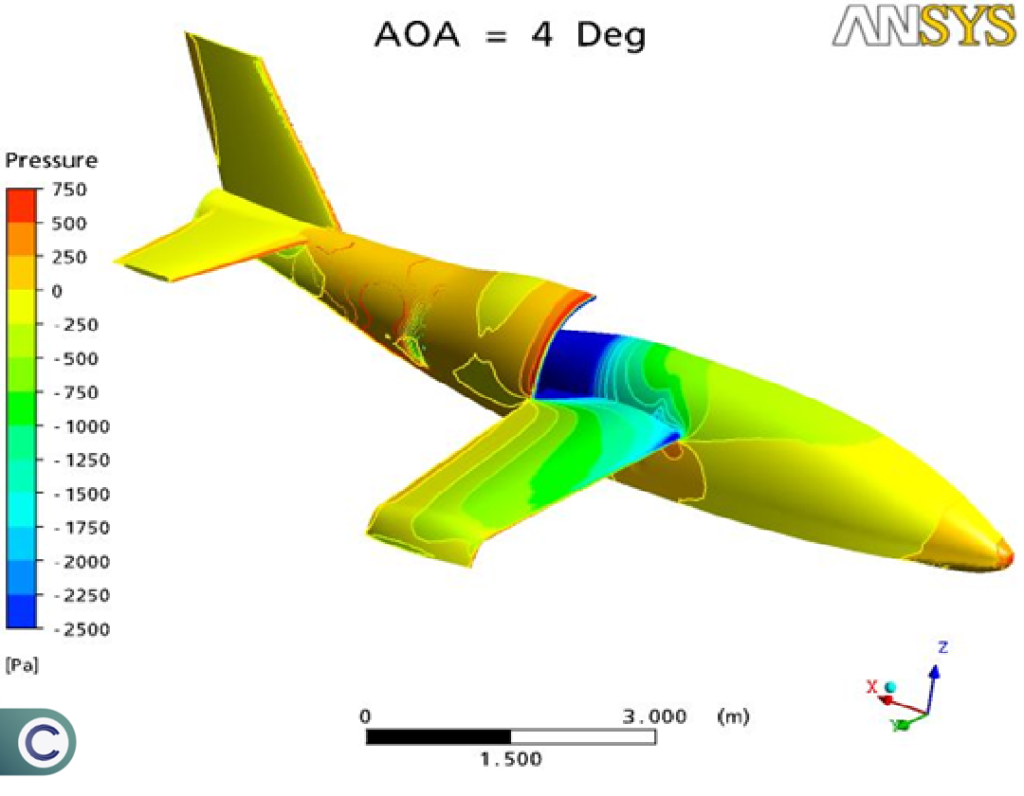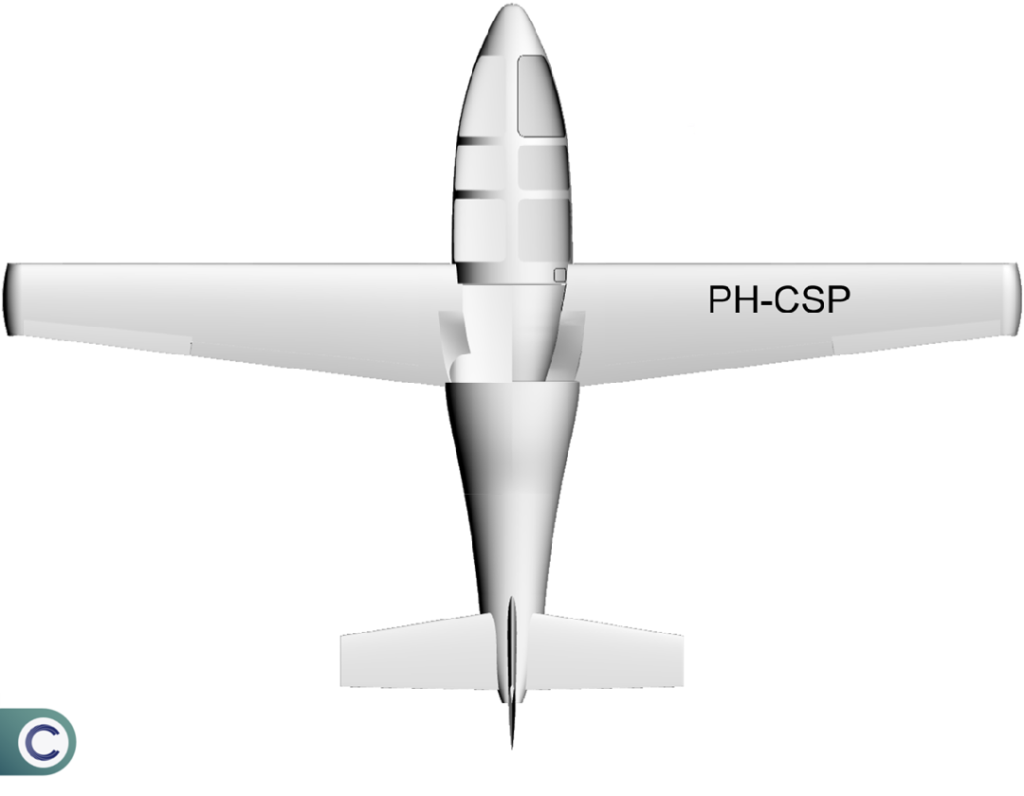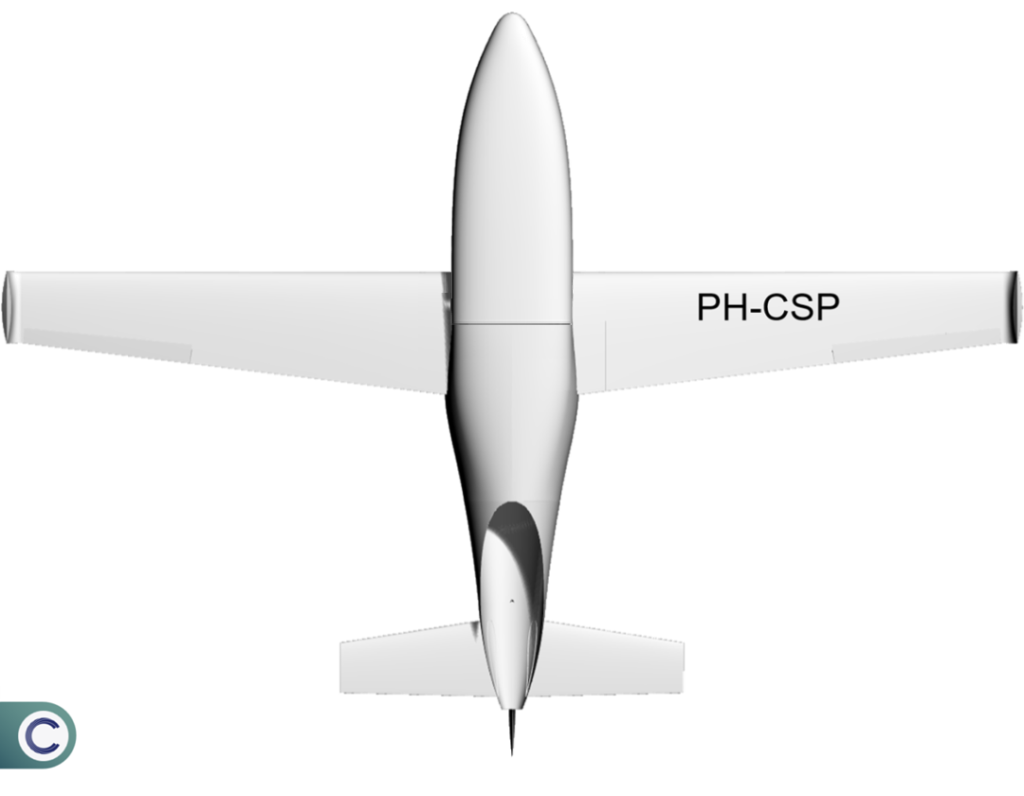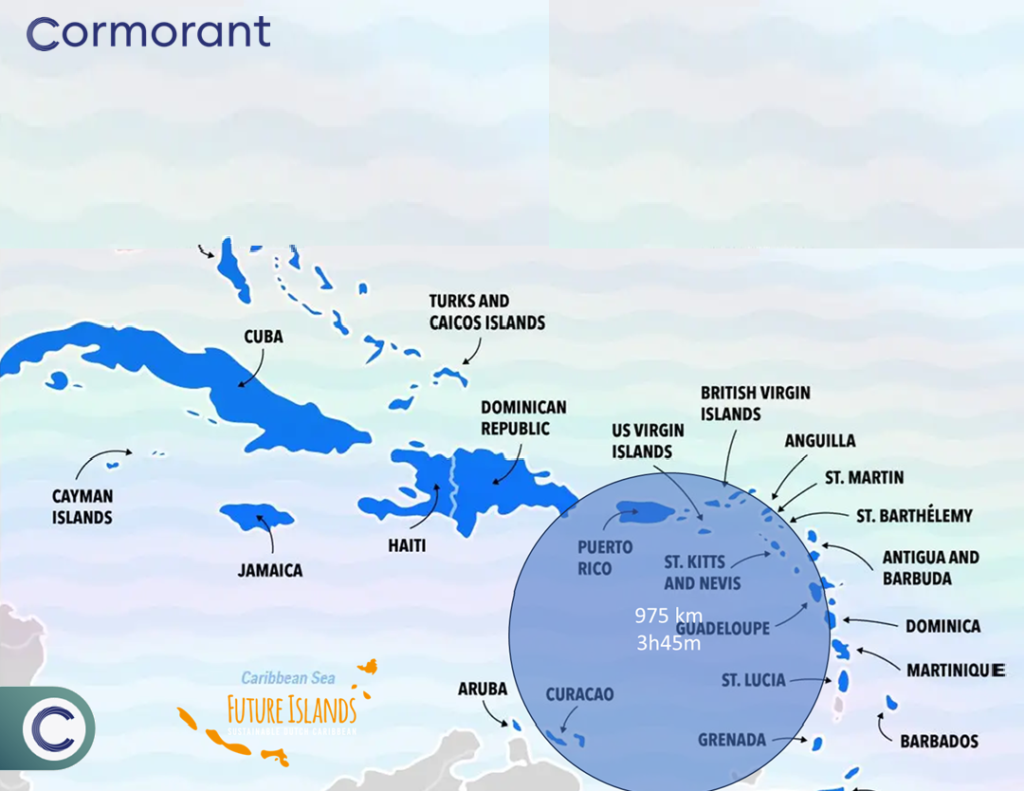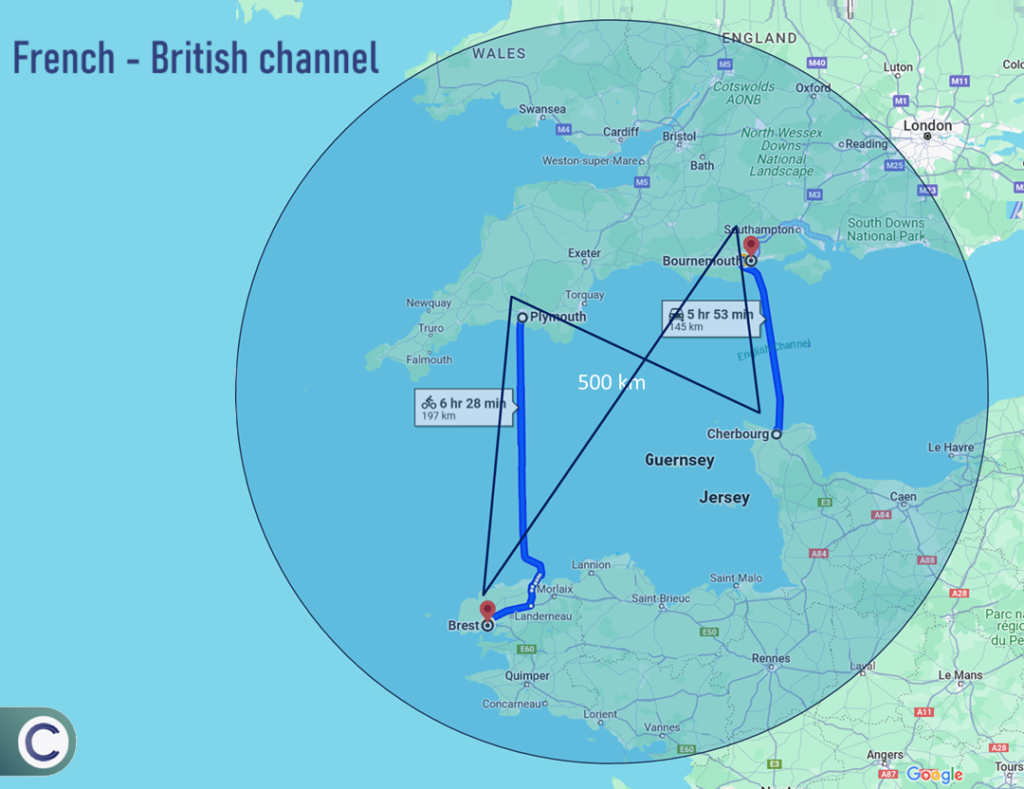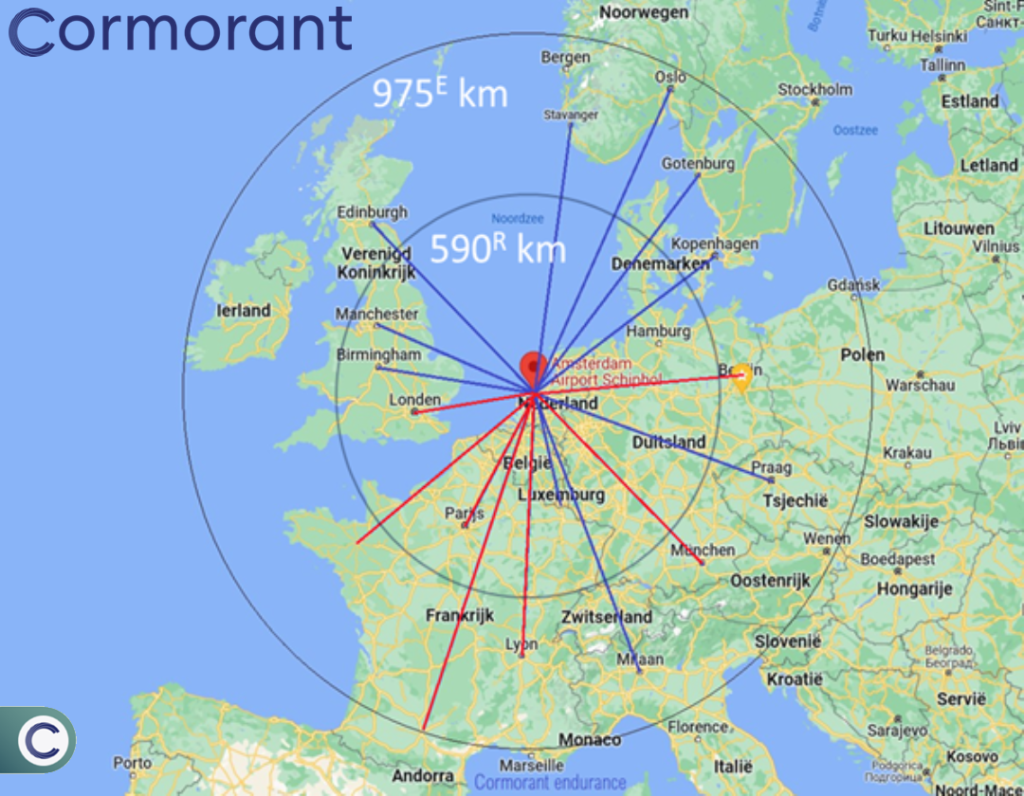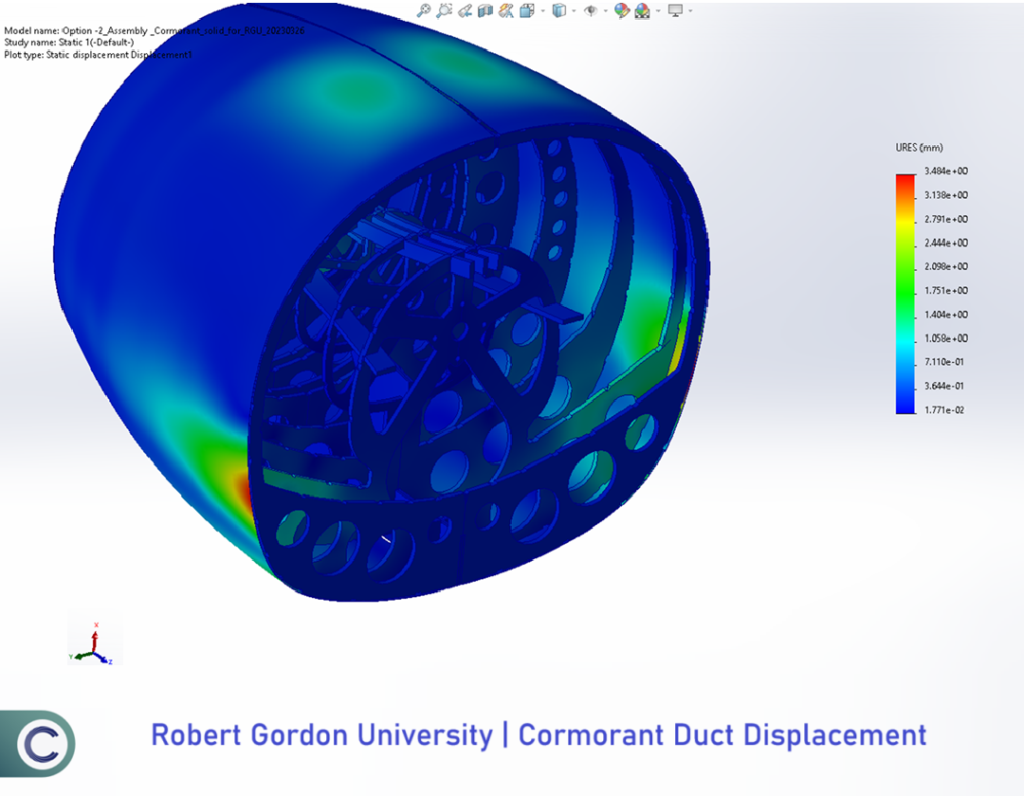THE AIRCRAFT
As we step into a new era of sustainable general aviation, Cormorant stands out as an innovative solution to long-standing design challenges in the industry. Many current amphibious aircraft designs are based on configurations that date back 70 years or more, highlighting the need for modernisation.
At the heart of Cormorant’s design philosophy are its SEA values: Sustainability, Electrification, and Adaptability.
Range & endurance
Cormorant’s unique design will enable it to efficiently connect cities within its impressive endurance and cruising speeds ranging from 270 to 390 km/h. This makes it not only faster and more efficient than trains or electric cars but also significantly quieter, greener, and more sustainable. Whilst route examples highlight major cities, Cormorant can operate from any local airfield, ensuring connectivity for even remote communities.
For aviation applications sustainable energy vectors, or ‘green fuels,’ that can offer zero or net-zero CO2 emissions are at different stages on the commercial maturity pathway. The Aircraft Metrics table considers Sustainable Aviation Fuel (SAF), hydrogen, and batteries, which can be used individually or in appropriate hybrid combinations.
Read more
Whilst green energy technologies for aircraft are developing rapidly, their actual adoption will depend on one crucial factor: certification by the regulatory authorities.
The choice of a specific technology is influenced by an interplay of factors:
- In principle batteries can be applied relatively easily, low energy per unit mass limits aircraft range prospects and certification as a primary energy source depends on allaying regulators’ concerns regarding battery management, available energy measurement, and safety systems.
- Hydrogen is an attractive energy carrier because of its high energy density per unit mass, though its low density even in liquid form (70 g / litre) results in significantly less energy density per unit volume than hydrocarbon fuel currently used. Given its flammability and containment challenges, hydrogen presents both technical and certification hurdles to be overcome.
- Sustainable Aviation Fuel (SAF) offers significant potential as an up to 100% sustainably manufactured, distributed and combusted hydrocarbon equivalent to Jet A1 fuel. As such it presents as a drop-in replacement for suitably certified powertrains that can use existing distribution and storage infrastructure. Significant ramp up of supply is required, together with state authorities’ fiscal encouragement to equalise pricing between conventional hydrocarbon fuel and SAF.
Given the current state of technical development and available certification frameworks, it is essential progress strategically on a feasible green powertrain solution that meets market expectations and is deliverable in the shortest practical timeframe. The overview below provides insight into which energy source has the best chance of certification under EASA 23 level III.
At Cormorant, our strategy allows us to integrate suitable new, green powertrain technologies as they reach commercial maturity and become certified.
² NOTE: Endurance is the amount of time an aircraft can stay in the air with one load of fuel, whilst range is the maximum distance an aircraft can fly between takeoff and landing. Numbers are based on a liquid hydrogen, dual energy vector, 560-liter H¹ or 40 kg weight factor. (SAF range is double or more.) Source: Leichtwerk AG, Germany.
| Parameter | |||
|---|---|---|---|
| Mass / volume ** | |||
| Range / km | |||
| Endurance | |||
| Service ceiling / ft |
| Route | Distance | Flight Time |
|---|---|---|
| AMS – London | 340 km | 75 min. or less |
| AMS – Berlin | 570 km | 125 min. or less |
| AMS – Munich | 670 km | 150 min. or less |
| AMS – Paris | 400 km | 95 min. or less |
| AMS – Nantes | 385 km | 90 min. or less |
| AMS – Lyon | 465 km | 105 min. or less |
| AMS – Toulouse | 975 km | 180 min. or less |
Performance
- In-line, low centre of gravity yields improved manoeuvrability and stability.
- Enclosed, ducted fan results in safer operation
- Ducted fan provides enhanced performance including, greater thrust, higher efficiency, and quieter operation.
- Composite material construction emphasizes low mass whilst enhancing structural integrity, reducing operating and maintenance costs.
- Powertrain to take advantage of green(er) energy vectors to drive electric motors as power source.
- Net-zero or zero ‘tailpipe CO2 emissions’ result from SAF or liquid hydrogen powertrain.
- Internally, the cabin is spacious and reconfigurable to adapt to a variety of operator requirements.
- Externally, Cormorant provides for unique, easy ‘reconfigurability’. The simple attachment of our boat-hull in less than 30 minutes transforms an efficient, multi-use, land-based aircraft into a high-performance, amphibious seaplane.
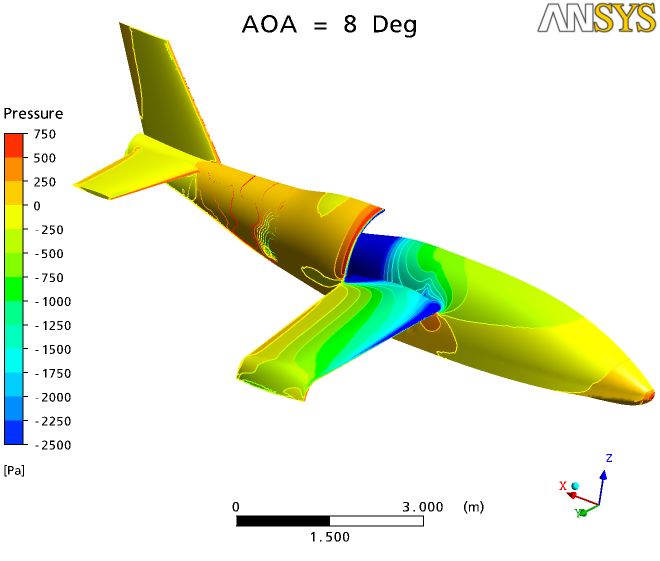
| Specification | Value |
|---|---|
| Overall length | 10.78 m (35.36 ft) |
| Wingspan | 14.30 m (46.88 ft) |
| Height | 3.70 m (12.14 ft) |
| Fan diameter | 1.20 m (3.94 ft) |
| Specification | Value |
|---|---|
| Maximum speed | 220 kias |
| Maximum operating speed | 216 kias (VMO) |
| Cruise speed @ 1000ft | 188 kias |
| Stall speed | 66 kias (VS) |
| Take-off speed at rotation | 77 kias (VR) |
| En-route climb speed | 125 kias |
| Approach speed | 74 kias (VAPP) |
| Specification | Value |
|---|---|
| Take-off distance to 50ft | 201 m (656 ft) – land 369 m (1,213 ft) – water |
| Take-off surface roll | 160 m (524 ft) – land |
| Landing distance from 50 ft | 302 m (990 ft) – land |
| Landing surface roll | 195 m (639 ft) – land |
| Rate of climb | 13 m/s (2,559 ft/min) |
| Range | 585 – 682 km (315 – 368 naut miles) |
| Endurance | 3h45m |
| Specification | Value |
|---|---|
| Manufacturer’s mass empty | 1,375 kg (MWE) |
| Maximum take-off mass | 2,250 kg (MTOW) |
| Maximum payload | 875 kg |
| Fuel capacity | 255 dm3 H2 (700 bar) |
| Specification | Value |
|---|---|
| Maximum take-off thrust at 2770 rpm | 520 kW (697 shp) |
| Maximum continuous thrust | 258 kW (346 shp) |
| Economy cruising thrust | 180 kW (241 shp) |
| Fan | 2770 rpm |
All indicative technical data are provisional and subject to change.
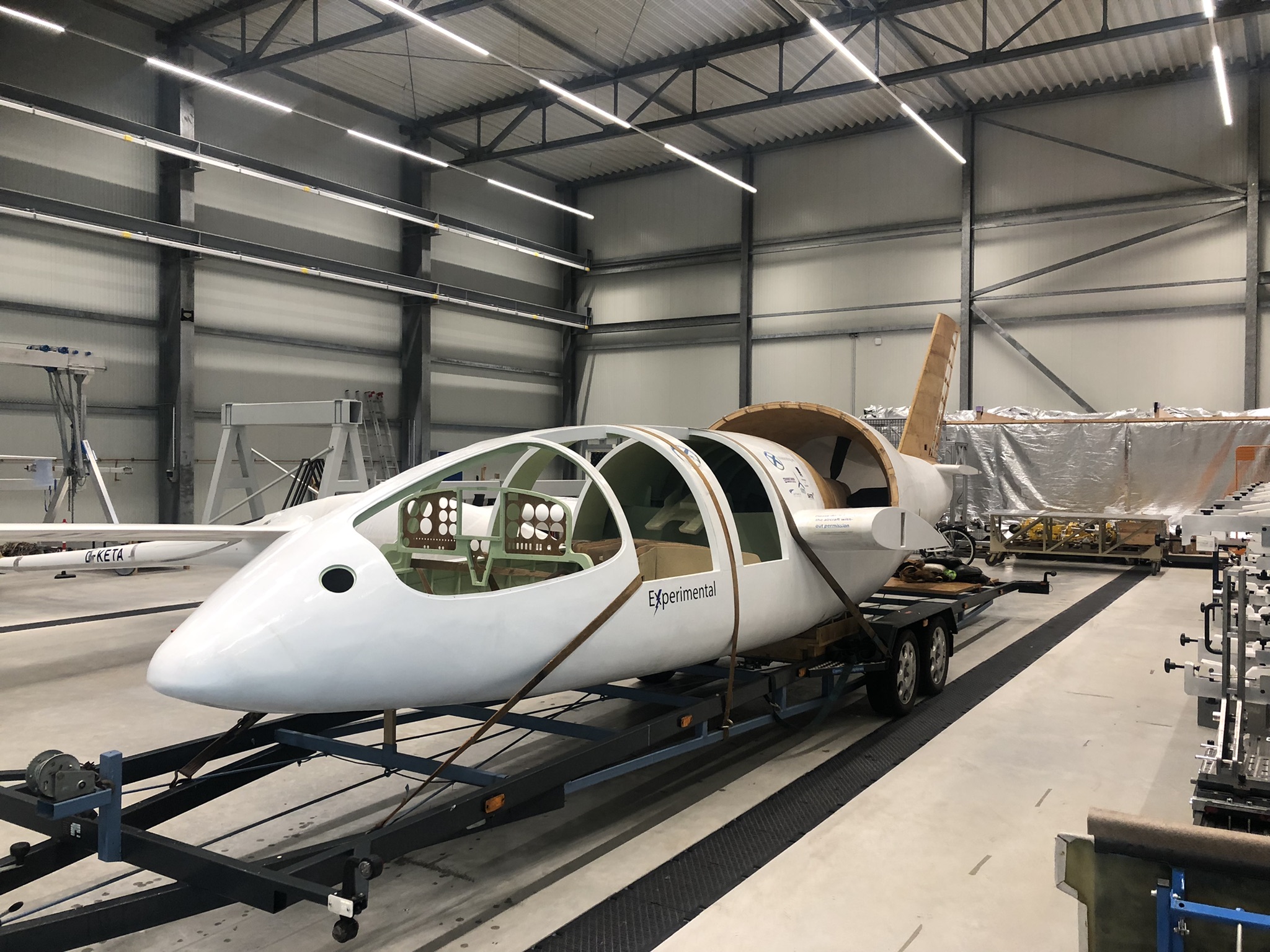
Cormorant Aerospace B.V.
Curaçaolaan 25
1213 VJ Hilversum
The Netherlands
T: +31 (0)35 647 9155
E: enquiries[at]cormorant.aero
Registered in the Netherlands at the Chamber of Commerce (KvK), no. 95592997.
BTW / VAT no.: NL862769863B01
Cormorant SEAplanes Ltd
5 South Charlotte Street
Edinburgh EH2 4AN
Scotland
T: +44 (0)131 605 0308
E: enquiries[at]cormorant.aero
Registered in Scotland at Companies House, no. SC748170.
VAT no.: GB427749952
Website Disclaimer
Privacy Policy
Cookie Policy
Security
General Information
Accessibility Statement
© 2017 – 2025 Cormorant Aerospace B.V. All rights reserved.

